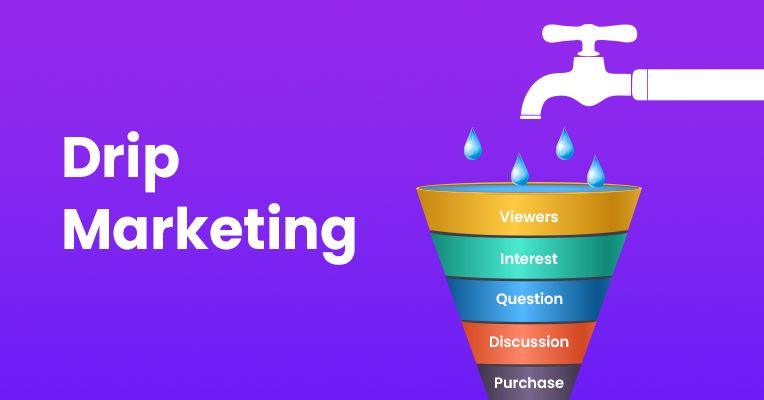Monitoring and managing drip campaigns are essential components of a successful marketing strategy. Tracking progress, analyzing performance metrics, and making informed adjustments based on campaign data and insights are pivotal in optimizing the effectiveness of drip campaigns. Let's explore the art of monitoring and managing drip campaigns to drive better results.
